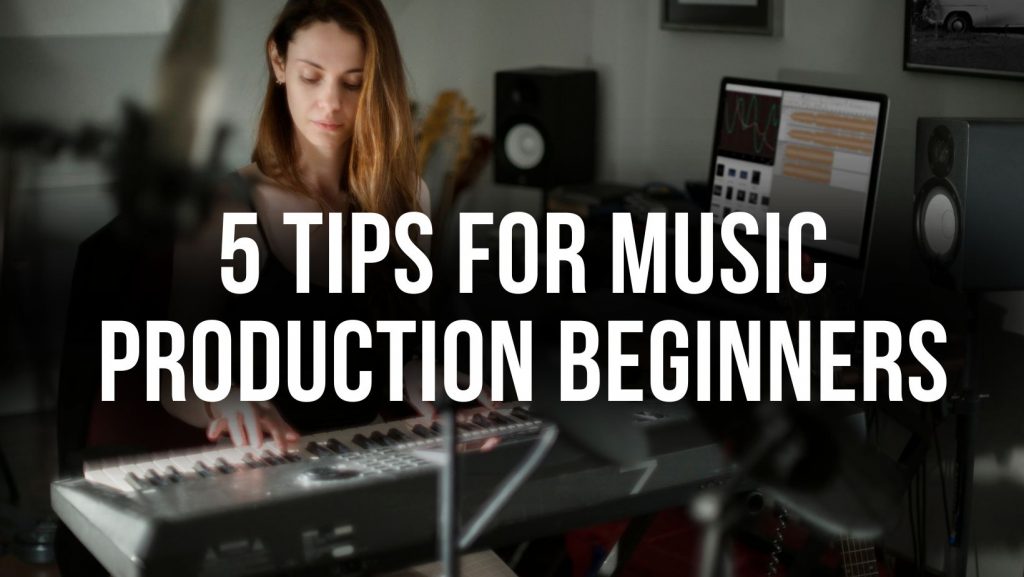
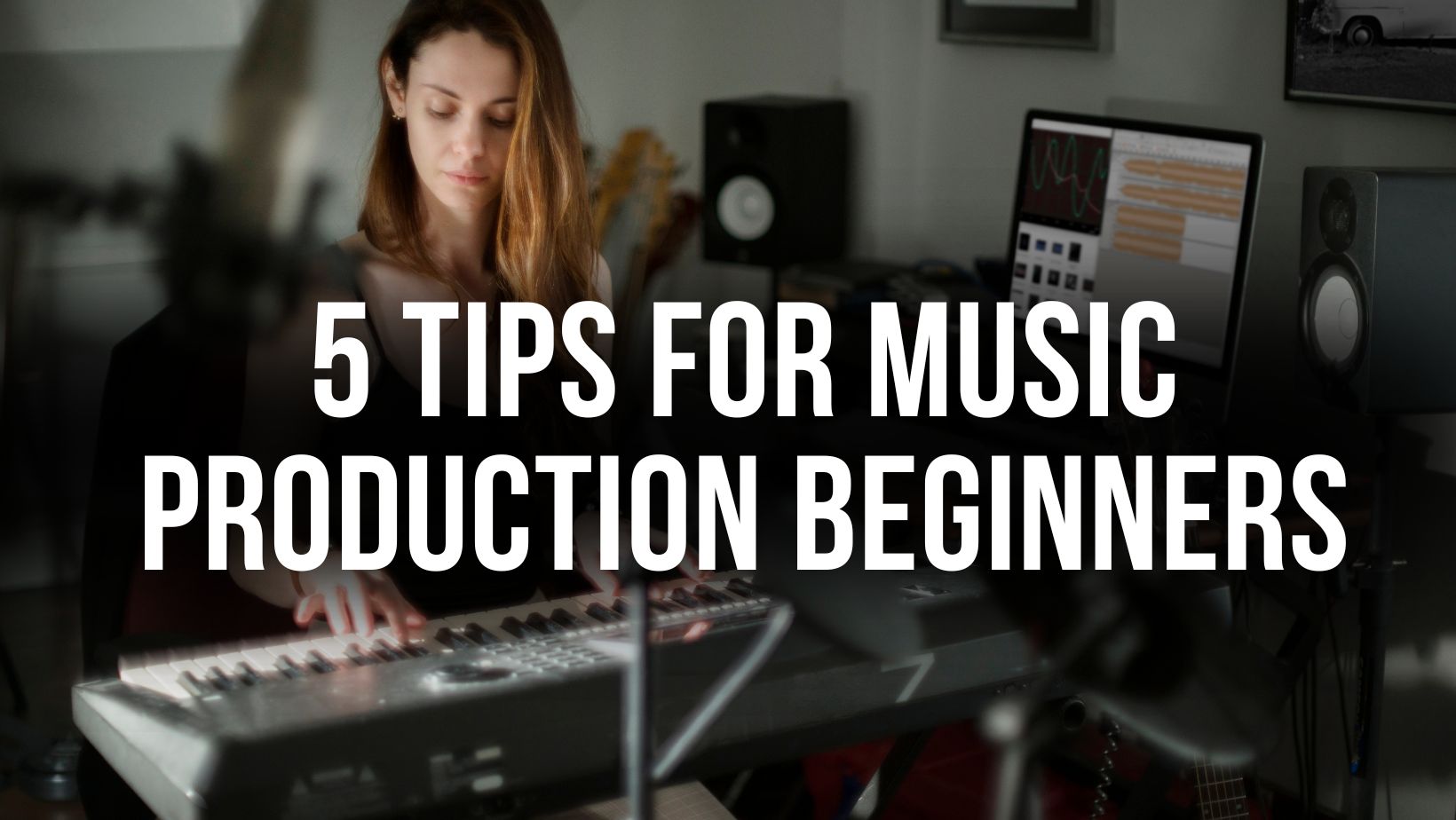
- General
- 23 December 2022
- 13 h 35 min
5 Essential Tips for Music Production Beginners
Welcome to our guide on 5 essential tips for music production beginners! Whether you’re just starting out with music production or you’re an experienced producer looking for some fresh inspiration, these tips will help you take your music production skills to the next level.
Music production involves a wide range of skills, from choosing the right digital audio workstation (DAW) and virtual instruments to recording and editing audio, applying effects, and mixing your music. It can be overwhelming to get started, especially if you’re not sure where to begin. That’s why we’ve compiled this list of tips to help you get started with music production. We’ll cover everything from choosing the right DAW and virtual instruments to experimenting with sounds and techniques, and we’ll even include some specific recommendations for tools like Orb Producer, a collection of MIDI and audio plug-ins that are perfect for quickly generating and editing musical ideas.
So whether you’re a complete beginner or an experienced producer looking for some new ideas, these tips will help you get started with music production and take your skills to the next level.
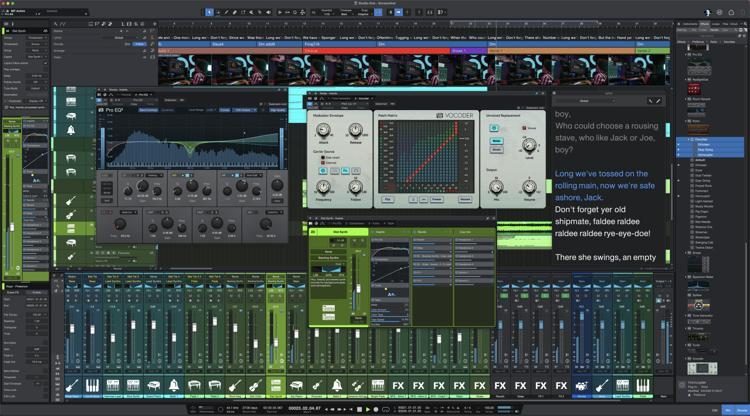
1. Choose a Digital Audio Workstation (DAW)
The first step to music production is choosing a digital audio workstation (DAW) to create and edit your music. There are many different DAWs available, each with its own unique features and capabilities. Some popular options for beginners include Studio One, Cubase, and Logic Pro.
Cubase is another popular DAW that is suitable for beginners. It includes a range of virtual instruments and effects, as well as advanced sequencing and automation features. One of the benefits of Cubase for beginners is its comprehensive audio and MIDI editing tools, which allow you to fine-tune your compositions with precision.
Logic Pro is a professional-grade DAW that is popular among beginners and professionals alike. It includes a wide range of virtual instruments and effects, as well as advanced sequencing and automation features. One of the benefits of Logic Pro for beginners is its extensive library of sound samples and loops, which can be used to quickly build up tracks and compositions.
No matter which DAW you choose, it’s important to explore the different features and tools available to find one that fits your needs and workflow. With a little practice and experimentation, you’ll be well on your way to creating your own music.
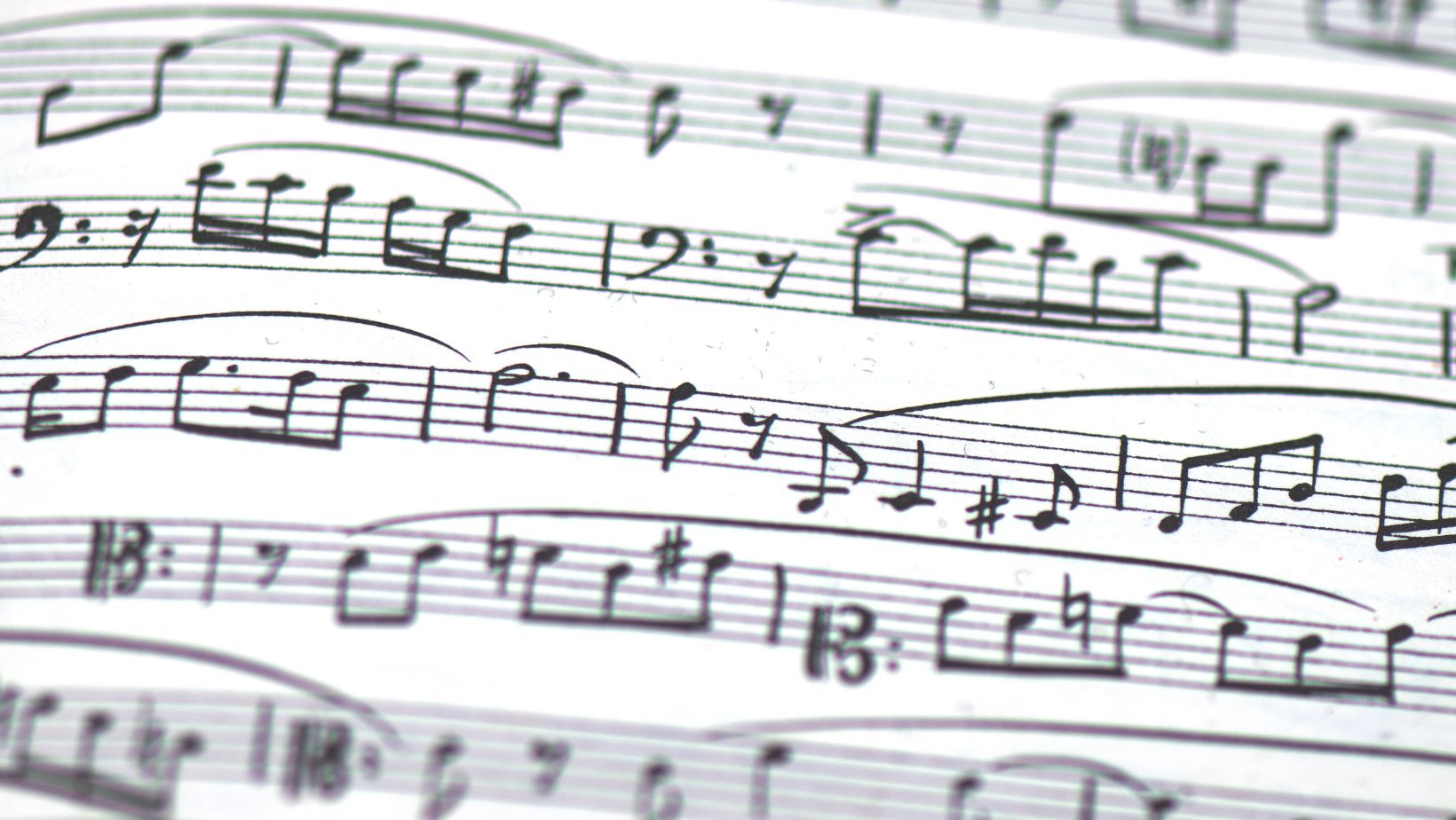
2. Learn the Basics of Music Theory
While you don't need to be a music theory expert to make music, having a basic understanding of concepts like scales, chords, and key can be extremely helpful. This will allow you to better understand how different musical elements fit together and give you more control over your compositions. There are many resources available for learning music theory, including online tutorials, video courses, and books. Here are a few popular options:
- YouTube channels: There are many YouTube channels dedicated to music theory, such as
These channels offer a range of music theory lessons and tutorials, often with a focus on practical applications for music production and performance.
- Online courses: There are also a number of online courses and video series that can help you learn music theory. Some popular options include
These courses typically offer more structured and in-depth instruction than YouTube channels, and may be a good option for those who prefer a more formal learning environment.
- Books: There are many music theory books available that can help you learn the basics and beyond. Some popular options include
These books can be a useful resource for those who prefer to learn at their own pace or who want a more comprehensive understanding of music theory.
- Plugins:
- Plugins like Orb Producer can be a valuable tool for studying and learning music theory, particularly when it comes to chords. The Orb Chords plugin, for example, allows you to quickly experiment with different chord progressions and structures, and provides a visual representation of the chords and their inversions. This can be helpful for understanding how chords are constructed and how they fit together in a progression.
In addition to helping with chord structure and progression, Orb Producer can also be useful for quickly generating new ideas and inspiration. With its built-in wavetable synth and MIDI sequencing tools, you can quickly create and edit melodies and arpeggios, and try out different sounds and effects. This can be a great way to explore new musical concepts and techniques, and to discover new sounds and ideas.
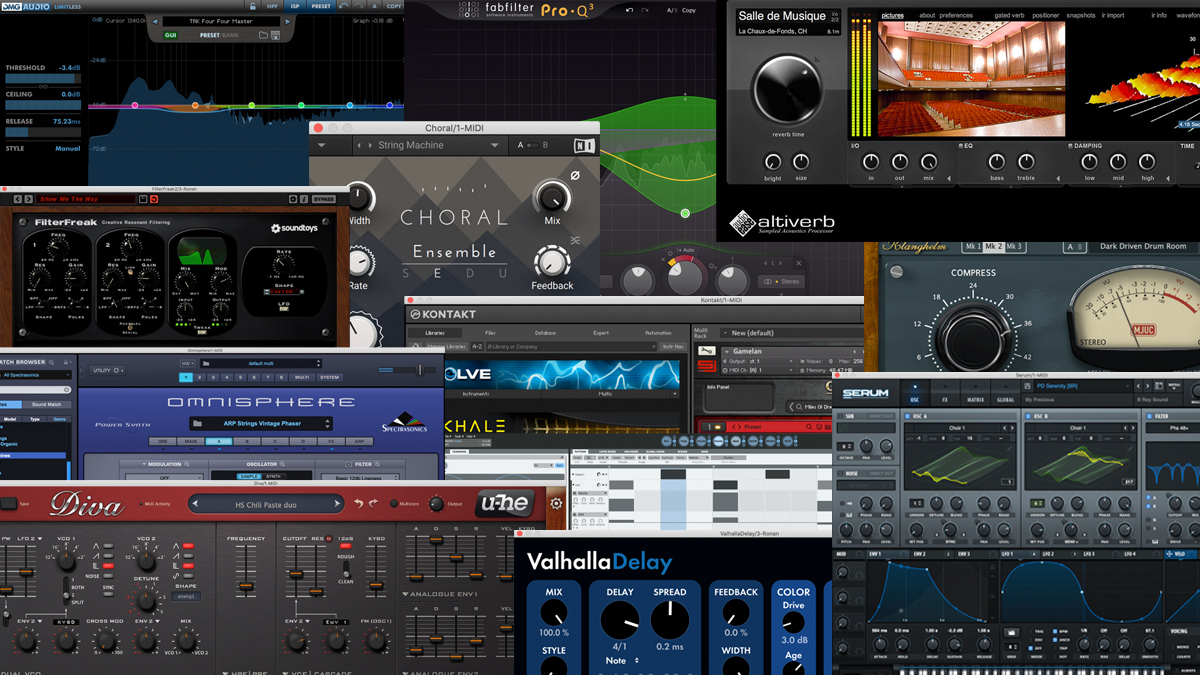
3. Experiment with Virtual Instruments and Effects
Virtual Studio Technologies (VSTs) are software plug-ins that allow you to use virtual instruments and effects within your digital audio workstation (DAW). There are many different VSTs available, ranging from simple synthesizers and drum machines to complex virtual orchestras and guitar amp simulators. These tools can be a great way to experiment with different sounds and techniques, and to discover new creative possibilities for your music.
One VST that can be particularly useful for experimentation is Orb Producer. This collection of MIDI and audio plug-ins includes four powerful tools – Orb Chords, Orb Bass, Orb Arpeggios, and Orb Melody – that are synced together just like a band. With an intuitive interface and built-in sequencing, automation, and virtual instrument options, Orb Producer is a great choice for quickly generating and editing musical ideas.
To use Orb Producer, simply drag and drop the VST files into your DAW’s plug-in folder and add the plug-ins to your audio tracks. From there, you can use the Orb Chords plug-in as the master to coordinate the other plug-ins, and play around with the different musical parameters to create and edit your compositions. You can also use the built-in wavetable synth to generate and edit melodies and arpeggios, and try out different sounds and effects. With a little practice and experimentation, you’ll be able to create a wide range of musical ideas and compositions using Orb Producer.

4. Record and Edit Audio Tracks
Using audio tracks in addition to virtual instruments is a great way to add depth and realism to your music production. One way to incorporate audio tracks is to record vocals or other instruments using a microphone and your digital audio workstation (DAW). This allows you to add a human touch to your music and create unique sounds and textures that may be difficult or impossible to achieve with virtual instruments alone. You can also import audio files into your DAW, such as loops, sound effects, or recorded instruments, and manipulate them using audio editing tools.
Recording vocals or other instruments: If you have access to a microphone and a suitable recording space, you can use your DAW to record vocals or other instruments. This can be a great way to add a human touch to your music, and to create unique sounds and textures that are difficult or impossible to achieve with virtual instruments.
Importing audio files: You can also import audio files into your DAW to use as part of your compositions. This can be a great way to incorporate sounds and samples from other sources, such as loops, sound effects, or recorded instruments. You can also use audio editing tools to manipulate the imported audio, such as pitch-shifting, time-stretching, or applying effects.
Adjusting levels: Once you have recorded or imported your audio tracks, you can use your DAW’s mixing tools to adjust the levels of the tracks. This can be important for ensuring that your audio tracks are balanced with your virtual instruments, and for creating a cohesive overall mix.
Applying effects: You can also use your DAW’s effects tools to process your audio tracks, such as applying EQ, reverb, delay, or distortion. This can be a great way to shape the sound of your audio tracks and to create unique sounds and textures.
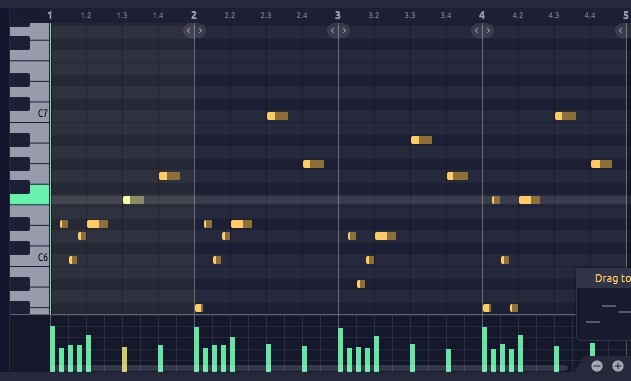
5. Create and Edit MIDI Sequences
MIDI (Musical Instrument Digital Interface) is a protocol that allows electronic musical instruments and computers to communicate with each other. It allows you to create, edit, and transmit musical information, such as note pitches, durations, and timbre. MIDI is an extremely powerful tool for music production, and can be used to create a wide range of musical ideas and compositions.
One way to get started with MIDI is to use a digital audio workstation (DAW) that includes built-in MIDI sequencing and editing tools. Many DAWs, including popular options like Ableton Live, Logic Pro, and Pro Tools, offer a range of features for creating and editing MIDI data. You can use these tools to record and edit MIDI performances, create patterns and loops, and apply effects and automation.
Another option is to use MIDI plug-ins and virtual instruments. These are software tools that allow you to generate and edit MIDI data, and can be used to create melodies, chords, and arpeggios. One example of a MIDI plug-in that can be particularly useful for quickly generating MIDI ideas is Orb Producer. This collection of MIDI and audio plug-ins includes four powerful tools – Orb Chords, Orb Bass, Orb Arpeggios, and Orb Melody – that are synced together just like a band. With an intuitive interface and built-in sequencing, automation, and virtual instrument options, Orb Producer is a great choice for quickly generating and editing MIDI ideas.
No matter how you choose to get started with MIDI, the important thing is to have fun and experiment with different ideas and techniques. With a little practice and experimentation, you’ll be able to create a wide range of musical ideas and compositions using MIDI.
Final Thoughts
Thanks for reading our guide on 5 essential tips for music production beginners. We hope you’ve found these tips helpful and that they’ve inspired you to start creating your own music. Remember, the most important thing is to have fun and experiment with different ideas and approaches. With a little practice and experimentation, you’ll be able to create a wide range of unique and interesting music using your DAW and virtual instruments.


